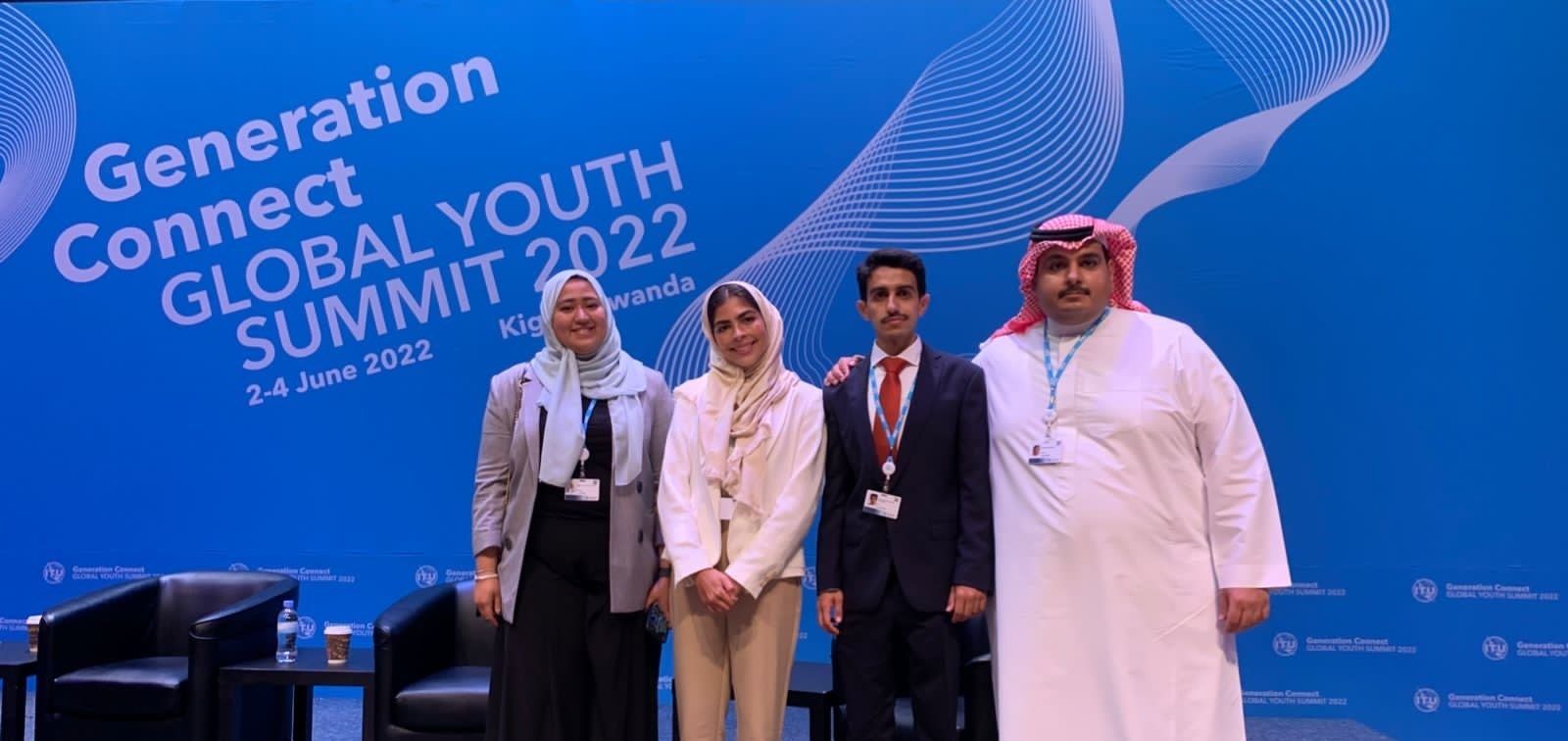
Understanding the global landscape for youth: From pre-COVID to today
By Othman Almoamar, Amani Alkhiami, Ali Al Farhan, and Yara Ghouth – the Saudi youth delegation to ITU’s Generation Connect Global Youth Summit
Those under 30 years of age comprise approximately half of the world’s population today. As a result, a fundamental question repeatedly comes to mind: are today’s young people ready for their future?
In 2018, the Kingdom of Saudi Arabia’s Mohammad Bin Salman “Misk” Foundation launched the Global Youth Index, a research-based initiative that set out to answer this exact question. More specifically, the global initiative seeks to understand the global youth landscape as young people face challenges on multiple fronts in their lives, from constantly changing prospects to a lack of job opportunities.
Along with all G20 countries, the index initiative added other countries that have a large youth population. It thus covered 25 countries and surveyed 25,000 young people, representing 80% of the global economy and 70 per cent of the world’s youth population in the first edition.
The index achieved an immense impact, helping to push understanding of the youth landscape at the time. In fact, the findings in the areas of education, employment, and the knowledge economy ecosystem favoured developed countries, whereas the findings on entrepreneurship favoured developing countries more.
Youth challenges neglected
Overall, many countries scored highly on multiple indicators in the 2018 index. Unfortunately, youth still needed further investment, support, and empowerment to be prepared for the future. Soon after, young people would face an additional, unforeseen challenge on a massive scale.
The COVID-19 pandemic disabled many economies from the onset, causing huge shifts in the constants of a young person’s life. Unprepared online education systems, mass layoffs, a decline in mental health and several other factors took centre stage for many young people. This prompted Misk to kick-start the second iteration of the index, to truly encapsulate the challenges faced by young people globally, to advocate for them, and to put forward solutions that more concretely target the pain-points.
We recently launched this 2022 edition of the Global Youth Index at the World Economic Forum in Davos, following clear adjustments to ensure a more holistic research outcome.
To ensure wider coverage of global youth, we have increased the number of countries in the index from 25 to 30, and the number of young people surveyed to more than 30,000. More importantly, our research domains and their underlying indicators now include a health focus, which encompasses mental as well as physical health.
The post-COVID landscape
The findings of the 2022 index are eye-opening. In many cases, they reaffirm the results of the 2018 edition. In addition, they showcase how one in three youth say COVID-19 has negatively impacted their work or education.
Here are some other key findings to emerge from the index initiative’s latest surveys and secondary research:
- Most countries need to improve their digital strategies to ensure that students are getting the necessary skills to be successful in the workplace.
- Only 7 countries out of the 30 surveyed successfully link industry to vocational teaching, and only 6 monitor their vocational programmes well.
- Most countries could further improve how they support young people to be healthy, notably through early detection of mental illness.
- Young people perceive that social inequality is affecting their options for the future, with unemployment, poverty, and nepotism being among the top concerns for today’s youth.
All these challenges have been exacerbated by the pandemic, which in turn increases the uncertainty of the shifting future into which young people must inevitably step. Understanding this, the imperative is clear to not only prepare today’s young people for tomorrow, but also to keep engaging young people in shaping their own future.
As a result, initiatives like Misk’s Global Youth Index, the G20’s Youth 20 Engagement Group, and the Generation Connect programme from the International Telecommunication Union (ITU) include young people as a key stakeholder in policy and decision making. Orchestrating a pro-youth vision will be essential to achieve a thriving and equitable future for all.
